Description
Leonardo.ai is a cutting-edge generative AI platform that has quickly gained popularity in creative fields such as gaming, design, and marketing. Here’s a deeper dive into its key capabilities and how it stands out in the world of AI-driven content creation:
1. AI-Powered Visual Creation
Leonardo.ai specializes in generating visuals from text prompts, similar to platforms like DALL-E or MidJourney, but it focuses on producing high-quality assets for gaming and creative industries. This makes it a powerful tool for designers and developers who need rapid prototyping or creative iterations on concept art, characters, environments, and props.
2. Customizable Models
One of the standout features of Leonardo.ai is its ability to let users train and customize their own models. Artists can upload their own images and fine-tune the AI’s generative abilities to match a specific style or aesthetic. This is particularly useful for game studios or design teams who need their visual content to adhere to brand guidelines or stylistic themes.
3. User-Friendly and Accessible
While AI-powered platforms can sometimes be complex, Leonardo.ai prides itself on its intuitive, user-friendly interface. It offers simple tools that allow users to explore various styles, themes, and concepts without needing advanced technical knowledge. This makes it ideal for both professional creators and hobbyists.
4. Game Asset Generation
Game developers are one of Leonardo.ai’s primary audiences. The platform can generate highly detailed game assets, including characters, weapons, and environments. These assets can then be integrated into game engines like Unity or Unreal Engine, streamlining the production process and reducing costs and time spent on manual design.
5. Collaborative Workflow
Leonardo.ai supports collaborative projects, making it easy for teams of creators, artists, and developers to work together in real time. Multiple users can access and refine the same project, fostering creativity and speeding up the ideation process.
6. 3D Model Creation
Aside from 2D images, Leonardo.ai offers tools for generating 3D models. This is essential for industries like gaming, virtual reality (VR), and augmented reality (AR), where high-quality, customizable 3D assets are in demand. The ability to generate, edit, and export these models for integration into various workflows makes the platform versatile.
7. Fast Iterations
In fields where time is critical, such as game development or marketing, Leonardo.ai’s ability to quickly generate multiple iterations of an asset is invaluable. Artists can explore different variations of characters or backgrounds within minutes, providing more creative flexibility while staying on tight deadlines.
8. Style Transfer and Variation Tools
Leonardo.ai allows users to apply different artistic styles to their creations. Whether you’re working on a sci-fi game and need a futuristic feel, or a fantasy novel cover that demands a medieval touch, the platform can instantly apply the appropriate stylistic filters.
9. Integration with Other Platforms
Leonardo.ai integrates seamlessly with other creative tools and platforms, allowing for easy export of assets into graphic design software, animation programs, and game development engines. This integration enhances its utility across multiple industries, from marketing to film production.
FAQs About Leonardo.ai:
Q1: How is Leonardo.ai different from other generative AI tools like DALL-E or MidJourney? Leonardo.ai is more specialized for industries like gaming and creative design. It focuses heavily on asset creation for interactive media, offering advanced features like customizable models and 3D generation, which sets it apart from other tools focused on general-purpose image creation.
Q2: Can I customize the outputs to fit my project’s art style? Yes, one of the key strengths of Leonardo.ai is its ability to fine-tune and train models to fit specific styles or aesthetics. Users can upload reference images or assets, and the AI will adjust its output to match the desired look.
Q3: Is Leonardo.ai suitable for professional use in game development? Absolutely. It’s designed with game developers in mind, offering features like 3D asset generation, rapid iteration, and game engine integration. It’s a valuable tool for professionals needing high-quality assets quickly.
Q4: What kind of assets can I generate using Leonardo.ai? You can generate a wide range of visual assets, including 2D images, 3D models, concept art, game characters, props, and environments. It’s particularly useful for industries like gaming, animation, and AR/VR development.
Q5: Does Leonardo.ai support collaborative work? Yes, Leonardo.ai has built-in collaboration tools that allow teams to work together on projects in real time, making it ideal for studios or creative teams working on large projects.
Q6: How quickly can I get results from Leonardo.ai? The platform is designed for rapid iterations, meaning users can generate high-quality visual content within minutes. This makes it especially useful for fast-paced industries like marketing and game design, where time is of the essence.
Q7: Can I use the assets I create in commercial projects? Yes, assets generated using Leonardo.ai can be used in commercial projects, provided the appropriate licensing and terms of service are followed.
Q8: What industries benefit the most from Leonardo.ai? While anyone can use the platform, industries such as gaming, film, virtual reality, augmented reality, and marketing tend to benefit the most due to the demand for high-quality, customizable visual assets.
Q9: Is there a learning curve to using Leonardo.ai? Leonardo.ai is designed to be user-friendly, and even users with minimal technical experience can quickly start creating. However, more advanced users can delve deeper into customization and fine-tuning for more precise control over the outputs.
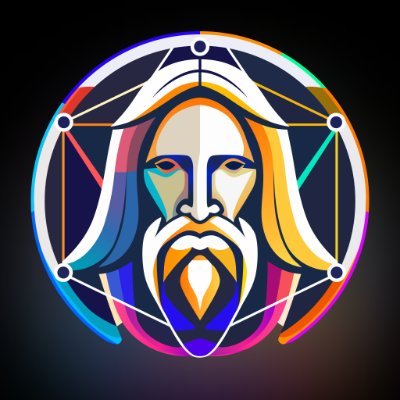
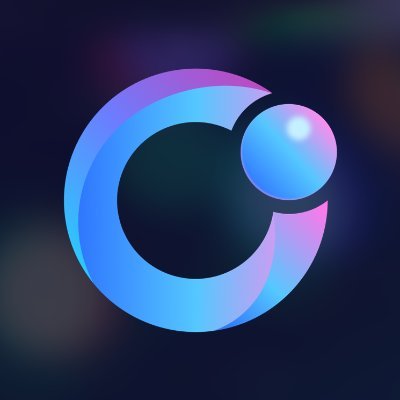
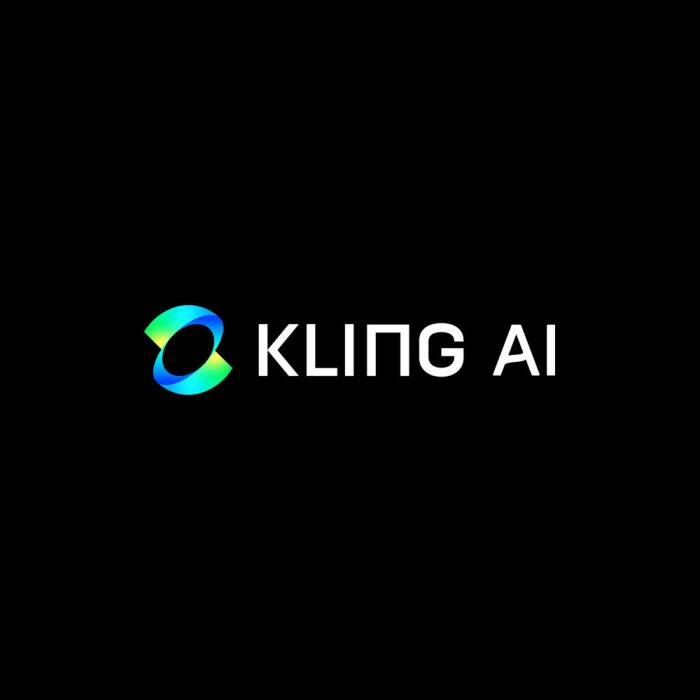
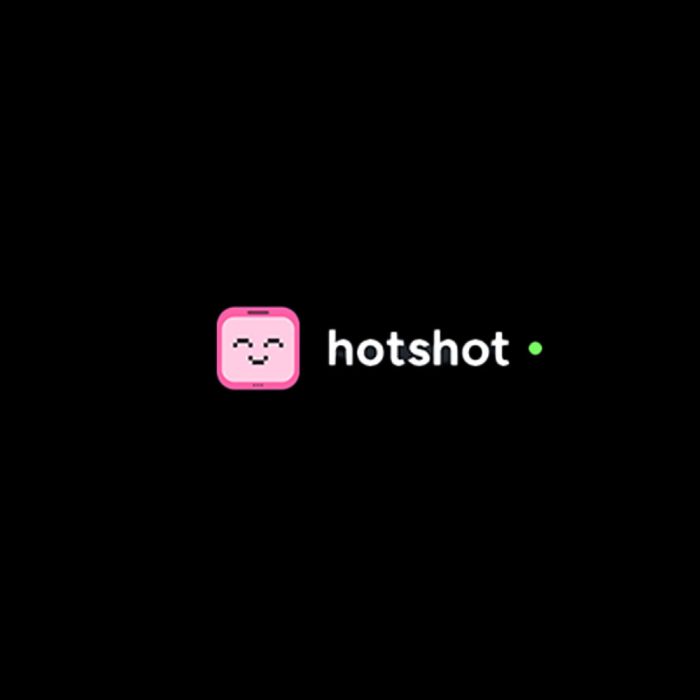

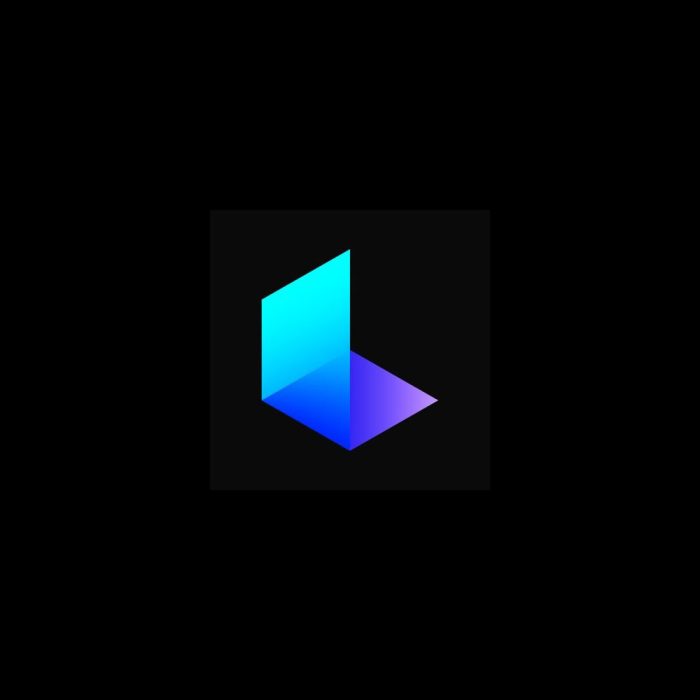
Reviews
There are no reviews yet.